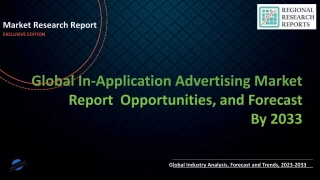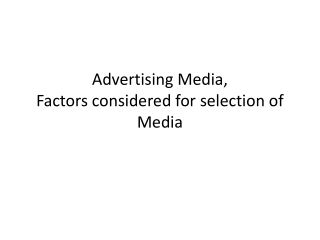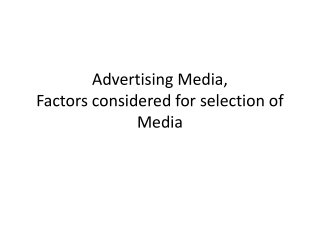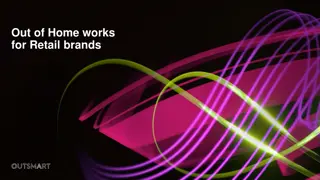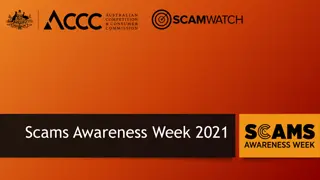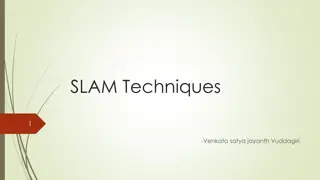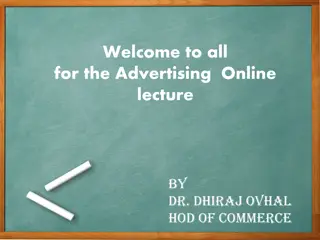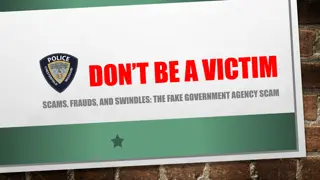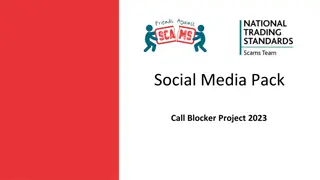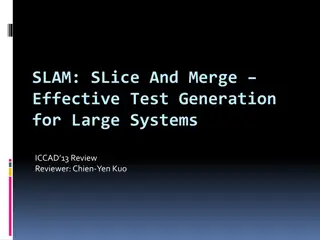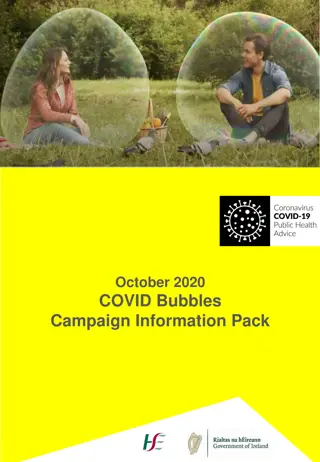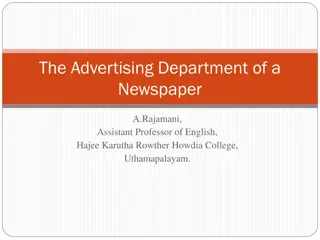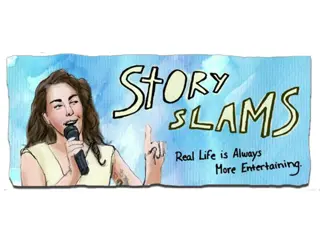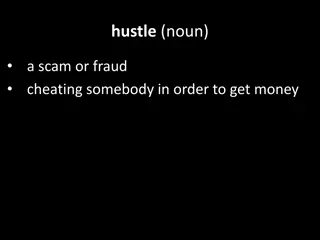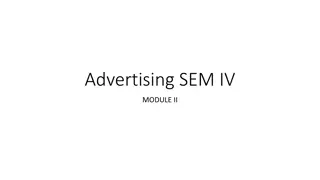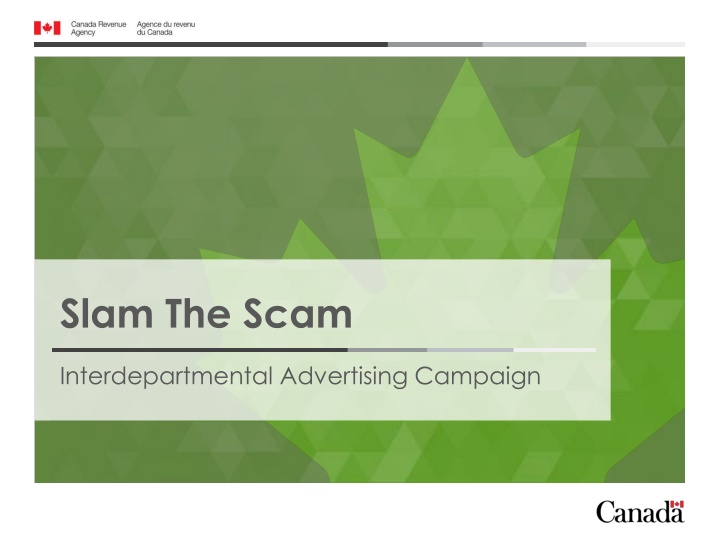
Combatting GoC-Related Scams: Insight Into Multifaceted Campaign Approach
Discover how the Government of Canada is tackling the surge in scams through a collaborative advertising campaign led by the CRA. Learn about the campaign's objectives, target audiences, budget allocation, tactics, and key messages aimed at increasing awareness and driving traffic to vital information sources to combat common government-related scams. Stay informed and protected against fraudulent activities targeting vulnerable Canadians.
Download Presentation

Please find below an Image/Link to download the presentation.
The content on the website is provided AS IS for your information and personal use only. It may not be sold, licensed, or shared on other websites without obtaining consent from the author. If you encounter any issues during the download, it is possible that the publisher has removed the file from their server.
You are allowed to download the files provided on this website for personal or commercial use, subject to the condition that they are used lawfully. All files are the property of their respective owners.
The content on the website is provided AS IS for your information and personal use only. It may not be sold, licensed, or shared on other websites without obtaining consent from the author.
E N D
Presentation Transcript
UNCLASSIFIED Slam The Scam Interdepartmental Advertising Campaign
UNCLASSIFIED Background Current Situation GoC-related scams have grown significantly in the last few years. They can occur using a variety of mediums such as email, text, phone and instant messaging are often aimed at vulnerable Canadians. Additionally, there has been a surge of COVID-related scams with a total of $5.2 million lost between March 1 to July 14.* What has been done? The GoC works collaboratively to ensure scam warnings are widely distributed, including sharing content, providing interviews and issuing news releases to media organizations. Leading and participating in Fraud Prevention Month in March and Cyber Security Awareness Month in October. Each year since 2017-18, the CRA has conducted small advertising campaigns around tax filing season using social media and search engine marketing tactics. *Source: Canada Anti-Fraud Centre COVID monthly stats, July 2020 2
UNCLASSIFIED Campaign Overview In collaboration with other departments, the CRA will lead a sustained multimedia scams campaign over two years. Target Audiences Working Groups Budget Timing Tactics Newcomers Seniors Youth 2020-21 - $4M 2021-22 - $2.5M 2020-2021 Sept 14 Mar 31 (soft launch with SEM) 2021-2022 April 1 to March 31 Media tactics Television Web banners Social media Search engine marketing (SEM) Advertising Working Group Web Sub-working Group 3
UNCLASSIFIED Campaign Objectives Increase Awareness Increase traffic Increase awareness of common GoC scams and how they occur (i.e. via telephone, letter, email, text message, online refund forms and gift cards) Drive traffic to the web for more information 4
UNCLASSIFIED Vision & Strategy Strategy The advertising campaign will focus on a clear call-to-action encouraging target audiences to visit the campaign page and learn how to identify common GoC scams. The CRA is leading two working groups comprised of members from other government departments and agencies to ensure effective, integrated messaging and a coordinated web approach. Key Messages Is the Government really contacting you? Learn how you can be sure at Canada.ca/xx. Not sure if it is a scam? We re here to help. Learn about the various types of scams at Canada.ca/xx. Where appropriate, messaging will be tailored to COVID-related scams, such as those involving the Canada Emergency Response Benefit. In addition, department-specific scam messaging can be tailored for certain media platforms such as social media and search engine marketing. 5
UNCLASSIFIED COVID-19: Frauds and Scams 6

